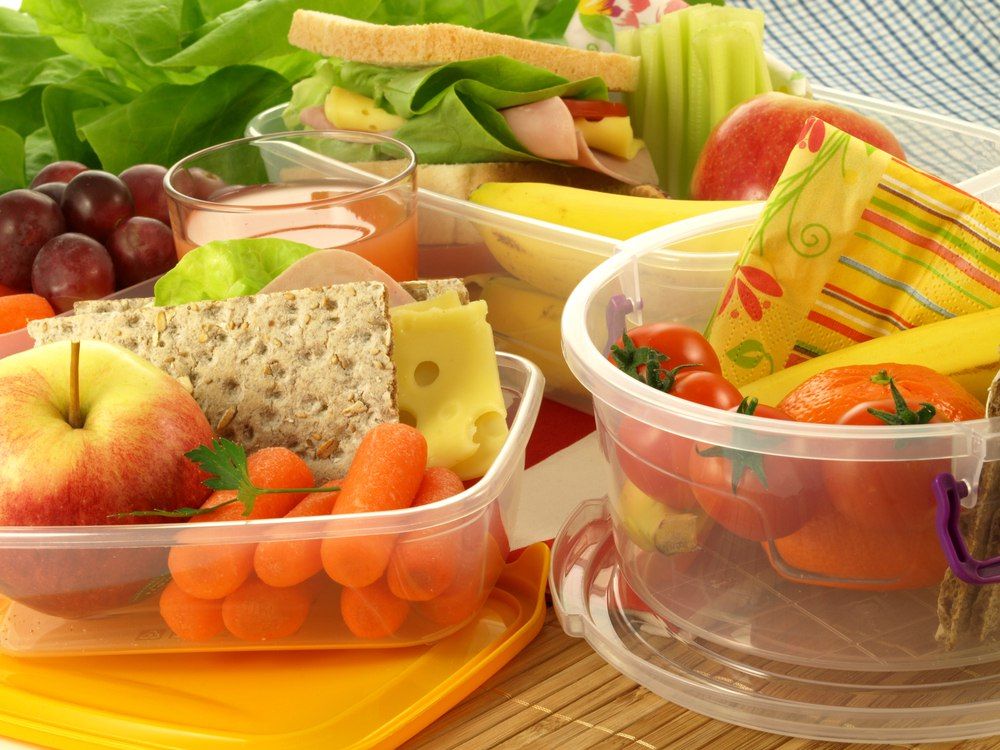October 1st, 2014 | 2 min. read

You made it through the hustle and bustle of back-to-school shopping for new clothes, notebooks and No. 2 pencils, but one “school supply” that needs to be watched year around is a healthy lunch.
Sure, we send our kids off only after making sure their shoes are tied, their homework is done and they've at least run a comb through their hair, but in the hurried pace of the morning, who has time to think about packing lunches?
You should. If you are throwing together a frozen peanut butter and jelly sandwich or, worse yet, giving the kids cash to buy lunch, you could be sending them off to school with a hypothetical health grenade in their backpack.
More than 9 million children and adolescents are overweight, according to the American Heart Association. And, if that isn't staggering enough to make some changes, overweight children have a 70 percent chance of being overweight adults.
Being overweight is a serious health hazard: Overweight individuals are at increased risk for asthma, heart disease and diabetes as well as musculoskeletal issues such as joint and muscle pain -- and these risks all apply to children.
Of course there are also psychological issues that overweight children (and adults) face. Let’s try and prevent as many of these obstacles as we can.
The good news is that healthy foods and better diets can and will improve your child's overall health and well-being. And we know what some might be thinking, “My kids won’t eat healthy food.” Or kids aren't as keen on eating apples and carrots as doughnuts and chips (of course not!) So what's a parent to do? Start by making small changes for the better, not overwhelming changes. Here are a few ideas:Add in healthier foods before completely taking away the not-so-great foods.
If your youngster won't eat wheat bread, try peanut butter or hummus on Triscuits -- the protein, healthy fat and fiber will keep kids satisfied through the rest of the school day.
Can't get your little ones to eat their veggies or drink their milk? Throw broccoli into their mac and cheese, freeze low-fat yogurt for a frozen treat and try whole-wheat pretzels or pasta.
A chocolate-chip cookie can still be a snack, but make it from scratch, choose a smaller size treat, and you've created a small step toward a healthier habit.
Again, these changes aren't so drastic that your child will rebel against you; they are more about making small steps in the right direction. Empower your children to learn more about food. Let them make some decisions in what they want to pack for lunch.
Also, don’t forget, showing them by example is the best way to healthier, happier children who grow into happier, healthier adults.

As a family medicine physician and Chief Medical Officer of PartnerMD, Dr. Jim Mumper brings over 30 years of experience in primary care. Every time he sees you, his goal is to show kindness and meet your needs. He co-founded PartnerMD to focus on personalized, preventive care. Dr. Mumper's leadership has been vital in establishing PartnerMD as a leading concierge medical practice dedicated to patient-centered care.
Topics: